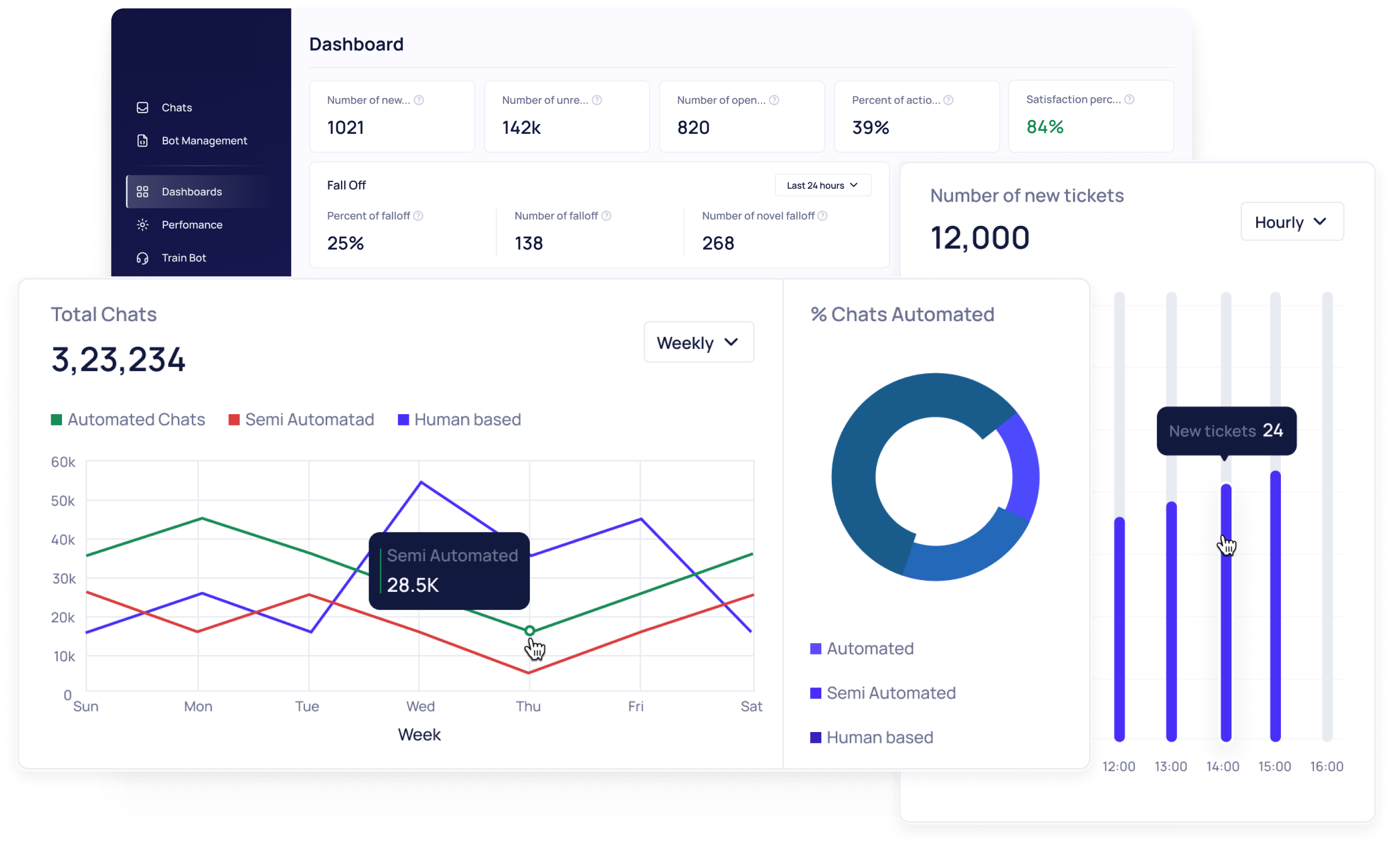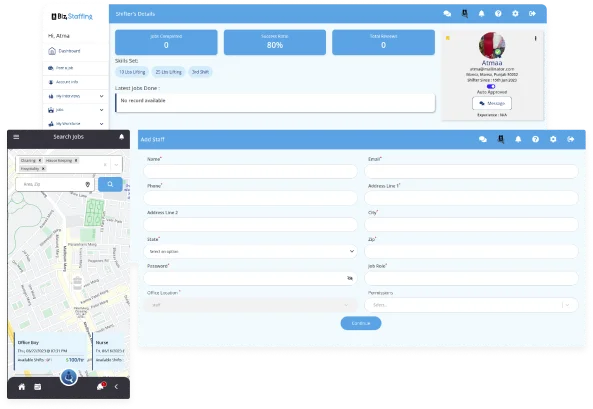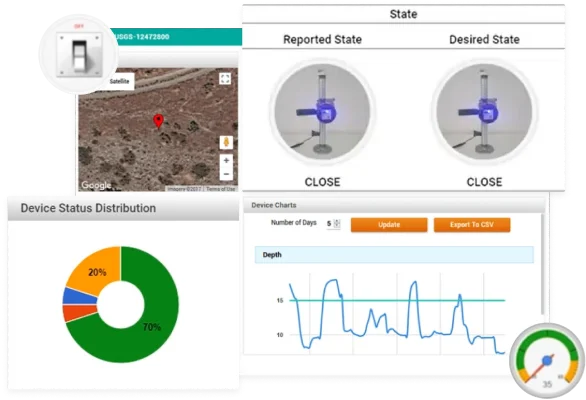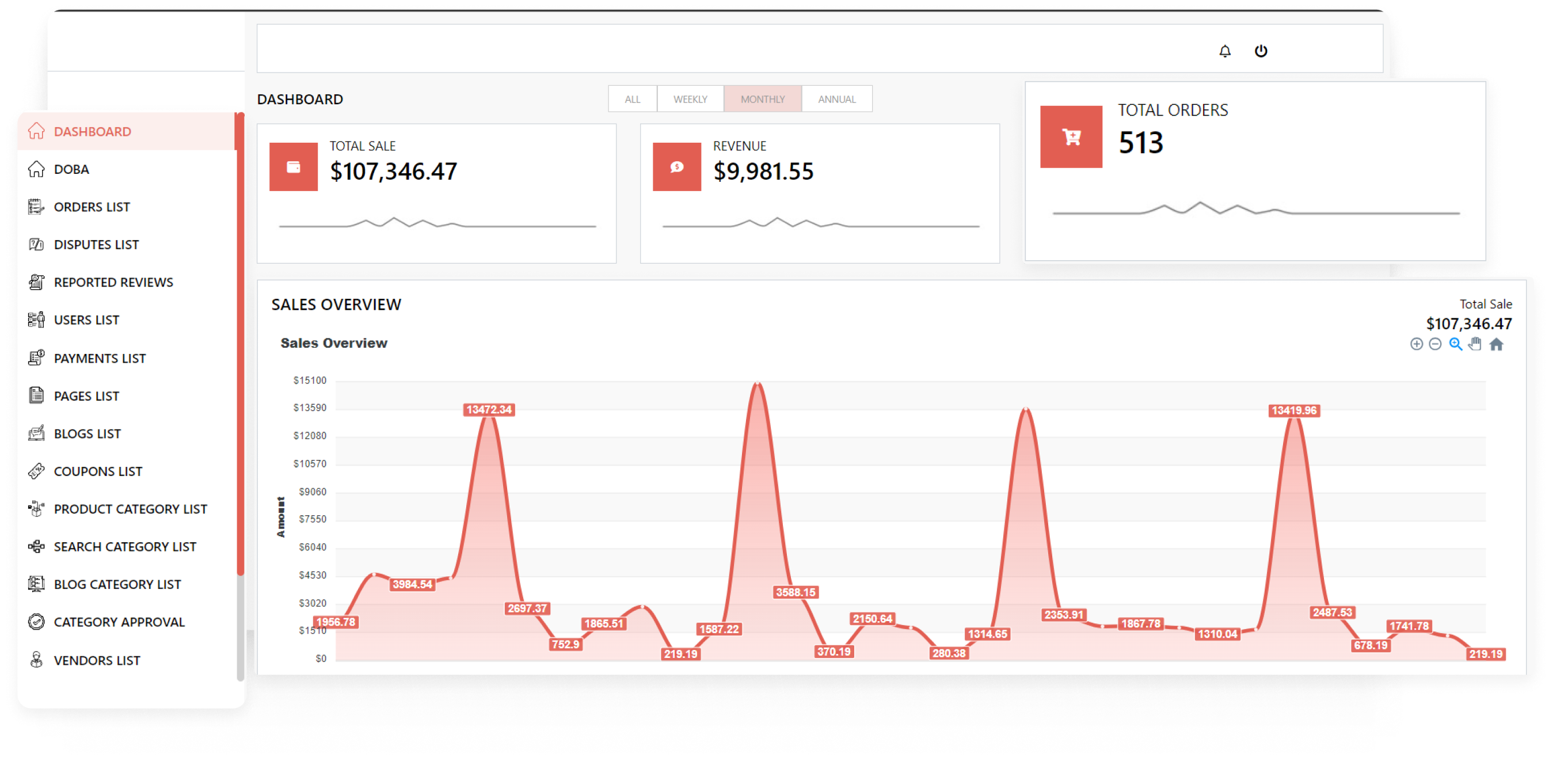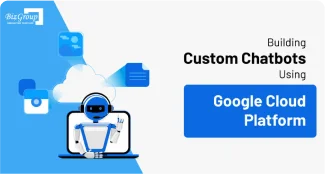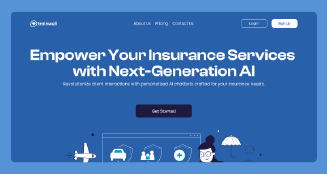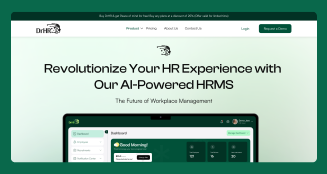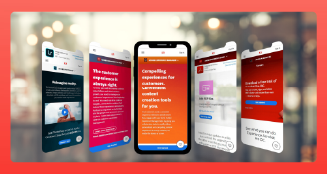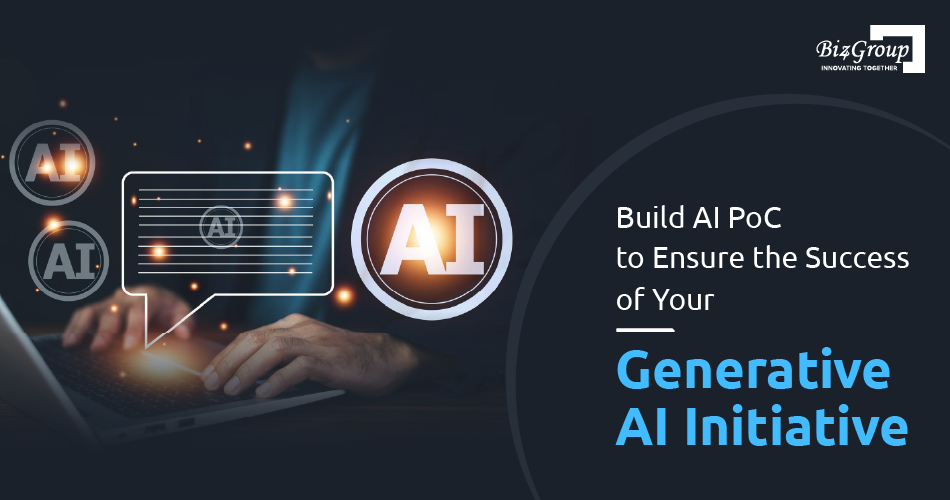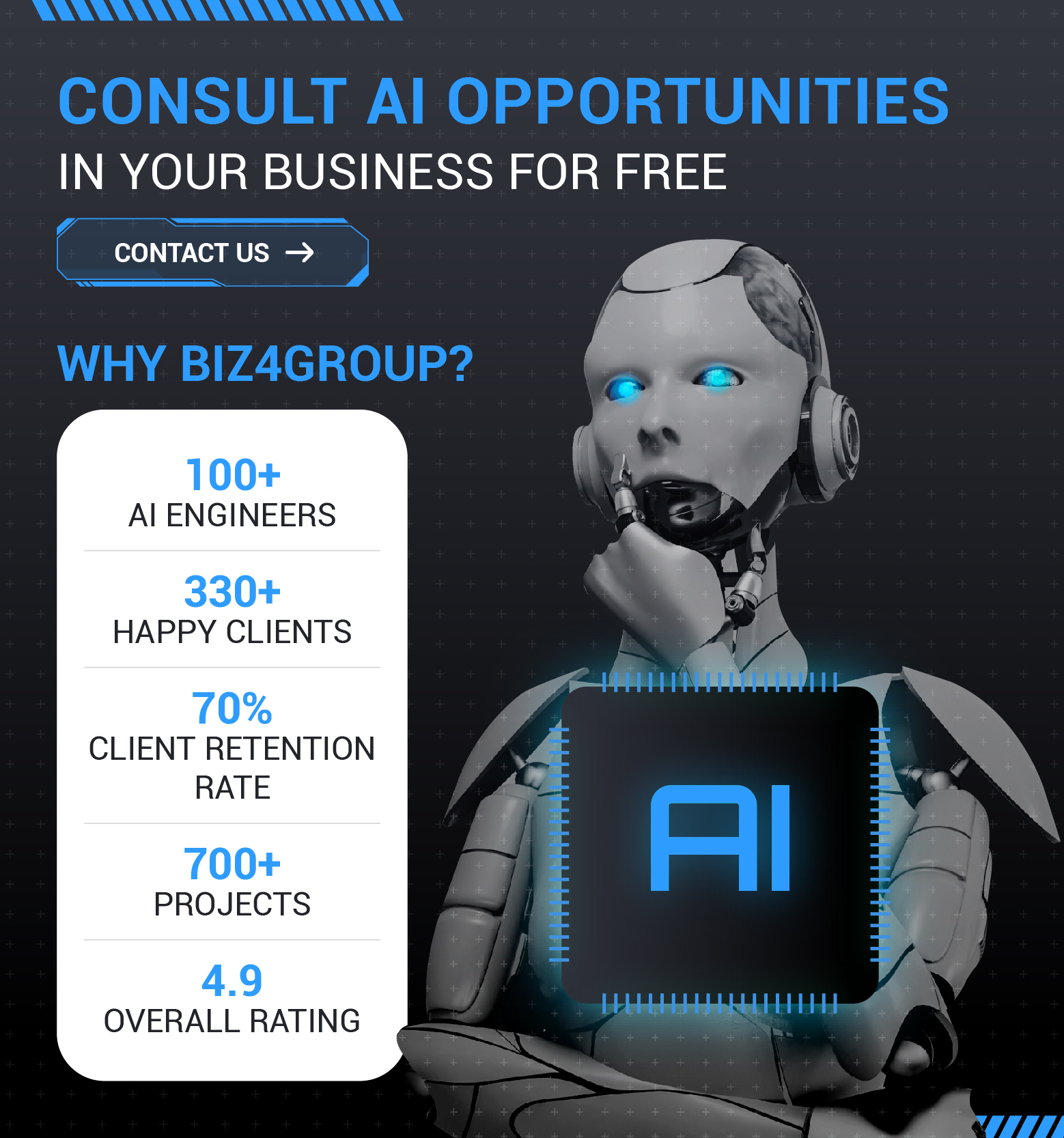Build AI PoC to Ensure the Success of Your Generative AI Initiative
The capability of generative AI to change industries is strong; still, numerous organizations struggle to execute it fluently. Roughly 44% of organizations incorporating generative AI confront difficulties related to inaccuracies and issues regarding intellectual property.
Nearly 68% of firms state that they are moving at most 30% or less of their AI tests into production. These problems demonstrate that making AI work effectively is not simply about enthusiasm; it requires thorough planning and risk addressing.
A promising method to address these challenges is to create an AI Proof of Concept (PoC). Tests on AI models can be run in a smaller way through a PoC to help firms discover possible drawbacks ahead of full-scale AI integration.
Let's examine the issues and risks involving AI initiatives.
Challenges and Risks Associated with AI Projects
About 44% of generative AI-using companies have reported negative outcomes including security breaches and intellectual property concerns. Problems occur when AI models receive insufficient testing before full implementation.

An important problem while implementing enterprise AI solutions is how decisions are made. Just 18% of entities have developed governance systems for responsible AI; hence numerous AI initiatives are lacking proper management. This void may create unexpected results ranging from unfair decisions to regulatory compliance challenges.
Nearly 68% indicate they have shifted fewer than a third of their AI tasks to actual use. Moving forward with AI initiatives is hard due to the difficulties in data reliability and organizational technical abilities.
Organizations ignoring these risks could find it challenging to maximize AI's potential. They need an AI PoC to evaluate their models and optimize their data tactics before implementing them on a broader scale.
What is AI PoC?
An AI Proof of Concept (PoC) represents a small test that assesses the potential of an AI solution before its complete execution. The process works in a managed fashion that lets you establish if the AI model can tackle the desired issue and how well it operates in actual circumstances.
Reducing risks and maximizing worth are at the core of a PoC. When AI models are evaluated in a limited setting organizations can find and address any early issues such as data quality or performance inefficiencies.
A PoC identifies crucial changes for model performance and conformity with governance guidelines that will support the scalability of the AI initiative. Before implementing large language models (LLMs) such as GPT for natural language tasks on a larger scale, testing can be accomplished through an AI PoC.
In other terms, by conducting an AI PoC, you can validate your AI solution potential and ensure effective implementation.
How to Build an AI PoC in Five Steps
Let’s understand each step of building an AI PoC starting with identifying the opportunity:
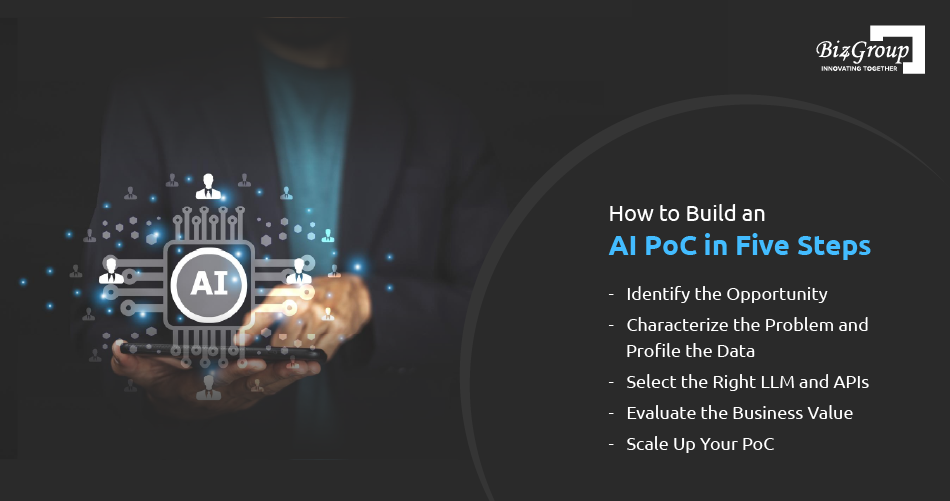
1. Identify the Opportunity
Your first step should be to discern the business issue you intend to address using AI. The possibilities span from refining customer service with the aid of natural language processing to making workflows automated. You must confirm that the issue is clearly defined and can be measured.
Once you establish the opportunity assess if AI would be the best approach. Examine how your peers use AI and collect feedback from important parties. A clearly defined objective helps your PoC concentrate on the correct issue and boost its likelihood of achievement.
2. Characterize the Problem and Profile the Data
After confirming the opportunity, you need to dive into the details of the issue and collect the necessary data to launch your AI PoC. You must evaluate the best AI solution for the problem which could include natural language processing or computer vision solutions.
Any AI solution relies heavily on data. In order for a successful PoC to occur you must assess the data and confirm that it is appropriate for training and testing your AI models. Addressing any issues related to the data is essential; organizations with AI face privacy and data quality challenges according to 55% of responses. Uncovering issues in your datasets or inconsistencies early will help to prevent delays when you increase the capacity of the model.
You must determine your choice of using public datasets or internal data along with a blend of both based on the aims of the PoC. The strength and reliability of the data will heavily affect the effectiveness of an AI model.
3. Select the Right LLM and APIs
Next, you should choose the ideal third-party API and Large Language Model (LLM) for your AI PoC. Choosing the right tool is vital because it needs to meet your project's needs. In a PoC related to customer service AI chatbot solution, you can opt for an API like GPT-4 to execute duties including text generation or sentiment analysis.
Choosing existing AI platforms and LLMs will streamline the process of creating models directly. Using outside APIs allows you to cut down on time and materials for efficient testing of the compatibility of your AI tool with your current systems.
However, you must assess the limits of APIs along with their pricing and integration ease. The impact of these aspects will gauge the cost and performance of the solution going forward. In your PoC, if you employ GPT-based APIs, it can consistently keep an eye on token consumption to keep expenses in check and to ensure proper performance for large-scale projects.
4. Evaluate the Business Value
The evaluation must rely on established metrics that match the business issue discovered in Step 1. If you aim to enhance customer interaction you must observe essential performance metrics such as the accuracy of responses time spent processing and user contentment.
It’s important to assess the PoC’s performance across various dimensions, such as:
-
Accuracy: Do AI models deliver precise and valuable outcomes?
-
Efficiency: What is the model's compatibility with ongoing operational routines?
-
Scalability: Can the solution deal with the rise in data efficiency or the number of users?
As important as assessing technical performance is the examination of possible business effects. Will this AI solution cut operational costs or elevate customer satisfaction? By conducting an early test phase of the PoC you can grasp the true value of your business ahead of additional investment.
Stakeholder input from team members using the AI solution plays a key role in evaluating the outcome of the PoC. It aids in finding necessary changes for expanding the solution.
Also Read: AI Chatbot Development Guide for 2025
5. Scale Up Your PoC
Following a successful evaluation of the AI PoC and verification of its efficiency, the last step is to increase its application across a larger scale. Scaling requires shifting from a confined space to integrating AI solutions across multiple functions or the whole company.
Planning the growth of the AI model and its necessary infrastructure is necessary. With an enlarged PoC, you could confront more elaborate data sets or an increased amount of data that could lessen performance. Make sure you examine the APIs or LLMs that you have chosen to verify if they can accommodate the rising workload and user engagements.
During this stage, continuously checking the system for emerging problems is essential. Maintaining a model's effectiveness during growth requires a consistent update with fresh data and an adjustment based on user experience.
Align all stakeholders, particularly business teams and IT, throughout the scaling effort. By aligning all parties, the AI solution can uphold governance standards and maintain its meaningful contribution to business growth.
Cost to Build an AI PoC
In developing an AI PoC using external APIs and LLMs like GPT costs can be different according to how complex and scaled the project is. On average, a standard AI PoC that utilizes external services usually prices between $5,000 and $10,000. Here’s a breakdown of where these costs come from:
-
API and LLM Subscription Fees: Third-party APIs commonly amount their fees according to usage and use tokens as their metric. Depending on the dimensions of your PoC, the costs of APIs may fluctuate but this will probably represent a key financial concern. Watching your usage closely will enable better cost management throughout the PoC phase.
-
Data Processing Costs: Your PoC should be able to process large datasets or call for frequent queries you might face extra costs related to data storage and processing. API providers have the option to demand additional fees for managing complicated data sets or activating premium AI options.
-
Human Resources: Although third-party APIs cut down on custom AI software development requirements, you still require expert integration of AI into your ongoing infrastructure. If you seek custom solutions or specific functionality the financial aspects of hiring data scientists and AI engineers become vital.
-
Development and Integration: When you leverage existing APIs for the PoC integration process you may still pay additional expenses. To accommodate the AI solution's purpose, you need to link it with your current databases or business applications.
-
Post-PoC Maintenance and Scaling: If you wish to roll out the solution across various teams or deal with higher user interactions and data volumes later costs might increase. Continuous API access along with model refinement adds to future expense.

Final Words: Turning PoC Success into Long-Term AI Strategy
An effective Proof of Concept for AI serves as the basis for creating a lasting AI strategy. An inexpensive and effective PoC allows you to confirm your AI models and ensures that your initiatives align with company goals and regulatory requirements. Leveraging third-party APIs and LLMs including can greatly boost development efforts and uncover vital information on AI's ability to transform operations.
Insights delivered through a PoC are essential for extending AI into different divisions. You may improve your models and enhance data strategies while connecting AI with your wider business goals. After establishing a specific route from PoC to complete rollout your AI solutions turn into critical factors in achieving innovation and sustained business effectiveness.
By wisely putting resources into a PoC organizations can stop high-cost mistakes in the future and with certainty advance their AI strategies to attain real and quantifiable results.
 info@biz4group.com
info@biz4group.com 
















